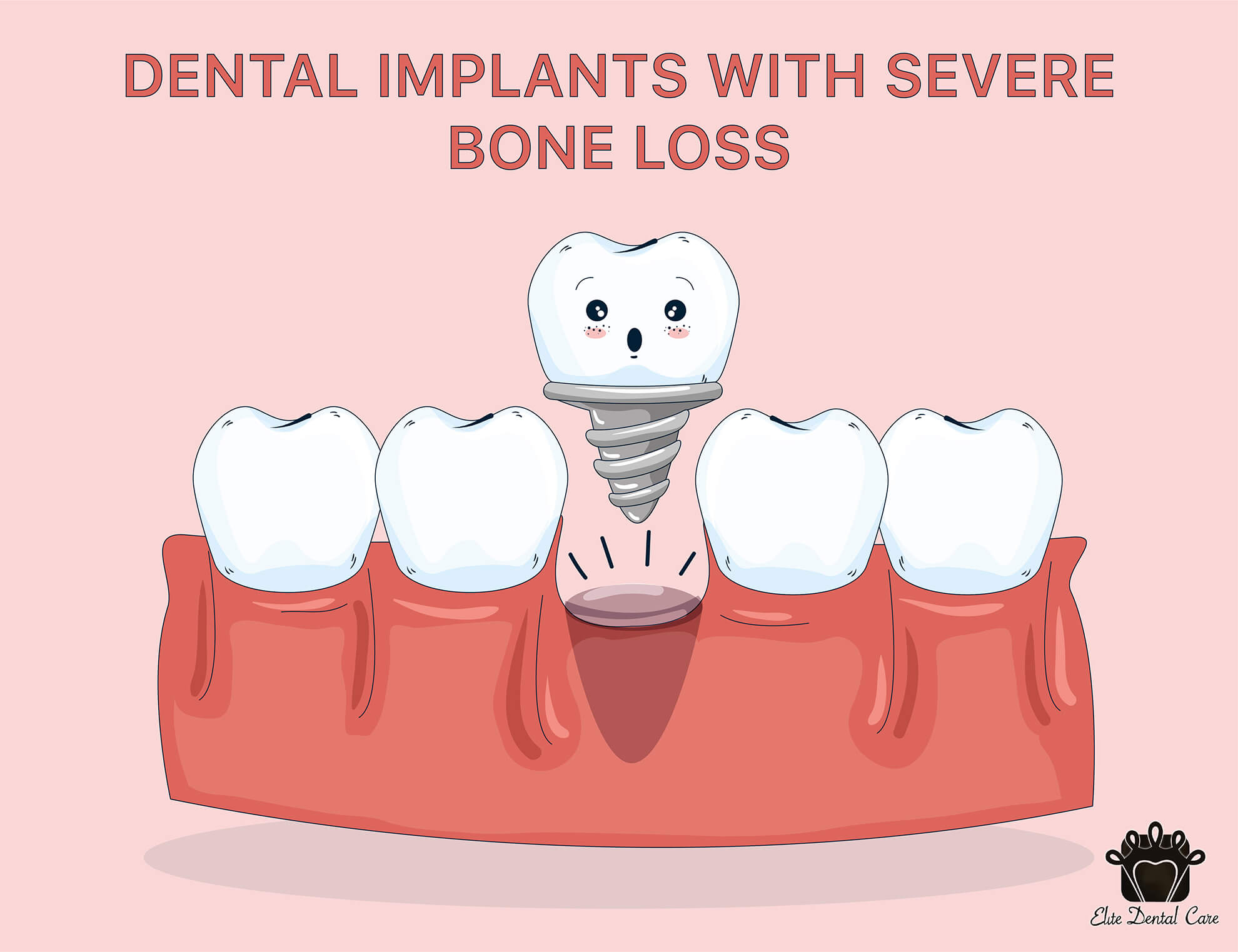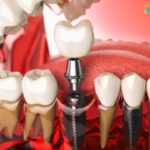
Uncategorized
edental
4 June 2020
Dental Implants with Bone Loss – Elite Dental Care Tracy
Has it been a long time you lost your teeth, the shape of your face and, you suddenly want to replace your missing teeth to get back the shape of your face and the gorgeous smile?
Yes !!! It is very much possible with dental implants. All thanks to the evolving technology.
You have consulted your dentist for dental implants procedure, but the dentist said that the bone density is not adequate?
Do not get panic or get depressed in this situation.
We have a lovely reason to be happy. Treatment of inadequate bone is possible with a small procedure.
Hurrah!!! you can plant the dental implants.
Dental implants need a healthy jawbone to screw up the implants in the gums and plant the artificial teeth.
If the patient has an inadequate bone, then the dental implants procedure will fail and causes further complications.
What are the reasons for inadequate bone or bone loss?
Bone loss or inadequate bone happens if the tooth replacement is not immediate.
Our body reabsorbs the bone if it is left unoccupied for a long time resulting in bone loss.
Bone damage or fragile condition of the bone results in bone loss or inadequate bone, the available bone will be in weak condition.
How is bone loss diagnosed?
A bone density test uses X-rays to measure the quantity of calcium and minerals present in the bone section.
If the test shows less quantity than required, the doctor confirms that there is bone loss or inadequate bone.
You can observe yourself that your cheeks start shrinking, and you will lose the shape of your face.
Do you know about the treatment of inadequate bone?
Let’s drive through the procedure, causes, and preventions.
The process of adding strength to the jaw bone is called Bone grafting.
Procedure:
A bone from with adequate calcium and minerals is selected either from the patients’ body, an animal, or a donor.
The collected bone processed into small granules.
An incision is made in the gums to view the existing bone.
A sharp incision is made in the bone to add the Bone granules.
Both the incisions are closed with the stitches.
It takes time for the bone granules to integrate with the existing bone, and form a single bone.
This process is called Osseointegration, and healing takes quite some time.
There are different techniques mentioned below to treat inadequate bone in its width and height,
Ridge expansion technique:
If the width of the bone is not as required, then the ridge expansion technique is followed.
An incision is made into the gums, to reach the bone.
The bone is divided into two to fill in the bone grafting material into the space created, and surgeons close the incision with the stitches.
It takes some time to heal and Osseo integrate and form a new bone.
This process is used to widen the bone but does not affect the height of the bone.
Height of the bone increases by following the below procedure:
Distraction Osteogenesis:
In this process, the surgeon will cut a piece of bone behind the jawbone, to place the titanium screw between them.
Every day, your surgeon will unscrew the titanium fixed in between the jawbone and separated bone, and this results in the adequate height of the jawbone.
Sinus lift:
In a few cases, patients have their sinus close to molars and premolars and do not have room for the new bone. These patients undergo the procedure called a Sinus lift.
Sinus is an empty space between the jaw bone and the nasal cavity.
During the procedure, sinus is moved away from the molars and premolars to create space for the extra bone and form a strong jawbone.
After-effects:
Possibilities after the above procedures, regardless of their simplicity involve:
Fever, bleeding, allergies due to anaesthesia, pain, swelling, inflammation, etc.
In a few cases, patients’ body reacts to the body graft, and Osseointegration will not be a success.
In rare cases, the body reabsorbs the bone grafts.
If the bleeding, pain, or swelling is abnormal, immediately consult your surgeon to get it sorted.
Placing dental implants can be a success if the surgeons check the status of the jaw bone and perform the appropriate procedure to the patient.
Not all the patients are needed to undergo these surgeries, a few people have a strong jawbone, and they can directly undergo the dental implants procedure successfully.
Note:
If you never want to go through the pain of the procedures, try to maintain proper oral care.
Schedule regular visits with your dentist.
If any dental issue arises sort it out in the initial stages with home remedies, They work like magic, but only in the initial stage of the problem.
Do not spare even a small discomfort in your teeth, treat it asap, and avoid further complications.
Stay healthy and smile healthy!!!!!!!!




